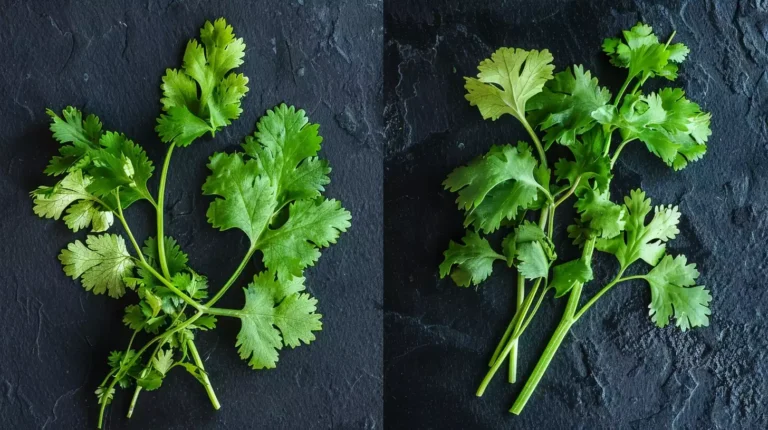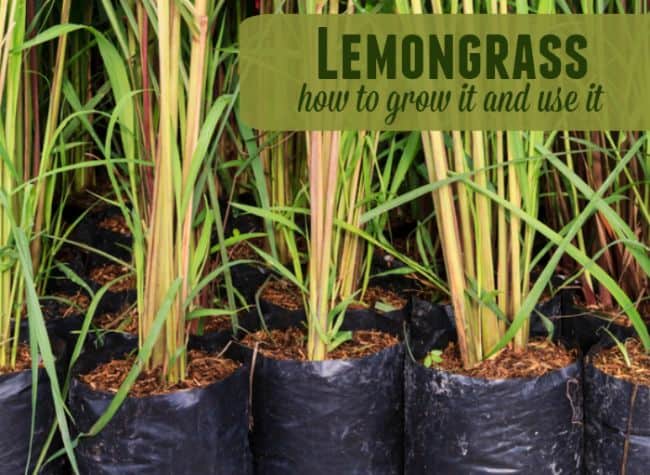Brighten Your Space: A Guide to Growing Bay Laurel Indoors
As I start indoor bay laurel cultivation, the goal of having fresh, aromatic leaves within reach is captivating.
Nurturing a bay laurel plant indoors requires patience and attention to detail. From creating the ideal environment to mastering pruning, each step reveals a new aspect of this rewarding process.
Continue Reading to Understand These Key Points:
- Choose a container with proper drainage and stability for indoor bay laurel growth.
- Use a well-draining soil mix that mimics the plant’s native habitat.
- Water the plant when the top soil is dry, avoiding overwatering to prevent issues.
- Regularly prune bay laurel to maintain shape, remove diseased parts, and promote overall health.
Bay Laurel Plant Overview
Bay laurel, a perennial evergreen plant from the Lauraceae family, is known for its aromatic leaves used in cooking. When growing Bay laurel indoors, provide full sun to partial shade and maintain temperatures between 60-75℉.
Good drainage is crucial to prevent root rot.
Harvest leaves from a tree at least two years old for culinary and medicinal purposes. Proper care ensures healthy leaf growth and maximizes aroma. Create a suitable environment with proper sunlight, temperature, and moisture for successful growth and harvest of Bay laurel leaves.
Selecting the Right Container
When choosing the right container for growing bay laurel indoors, ensure it’s at least 8 inches in diameter or 1 gallon in size for optimal root growth. The container is crucial for successful plant growth. Consider the following:
- Drainage Holes: Choose a container with adequate drainage to prevent waterlogging and root rot.
- Size: Select a container large enough for the bay laurel’s roots and growth.
- Stability and Moisture: Opt for a stable container that helps regulate soil moisture, such as a ceramic self-watering planter for consistent moisture levels essential for bay laurel growth.
Choosing the Ideal Soil
For optimal growth of your indoor bay laurel plant, choose a well-draining cactus potting mix that replicates its natural Mediterranean habitat.
Bay laurel plants, accustomed to the dry, rocky soils of the Mediterranean region, require soil that allows excess water to drain freely. This type of potting mix prevents waterlogged conditions, which can lead to root rot and hinder the plant’s development.
When selecting a potting mix, avoid heavy, compacted soils that retain too much moisture. Opt instead for a mix that promotes good soil aeration, enabling the roots to access oxygen and nutrients essential for healthy growth.
Adequate soil aeration supports robust root development and overall plant vigor.
To strike the right balance between moisture retention and drainage, choose a soil mix that mimics the conditions of the bay laurel plant’s native habitat.
Providing well-draining soil with optimal aeration creates an environment conducive to the flourishing of your indoor bay laurel plant.
Proper Watering Techniques
To ensure optimal growth and health of your indoor bay laurel plant, employ precise watering techniques. Proper watering is crucial to prevent issues like yellowing leaves and root rot.
Follow these guidelines for maintaining water balance:
- Water when the top 1-2 inches of soil is dry to the touch.
- Avoid overwatering to prevent yellowing leaves and root rot.
- Stick to a consistent watering schedule to keep the soil slightly moist but not waterlogged.
Use a watering can with a narrow spout to water at the base of the plant. Adjust the watering frequency based on temperature and humidity.
Pruning for Growth and Health
Pruning bay laurel plants is crucial for promoting bushier growth and maintaining indoor heights. Regular pruning controls size and shape without excessive cutting.
Avoid removing more than one-third of the plant at a time to prevent stress. Pay attention to affected areas for insect or disease issues. Proper pruning techniques also help prevent canker diseases.
Follow these pruning guidelines for a healthy bay laurel:
| Pruning Techniques | Description | Benefits |
|---|---|---|
| Regular Pruning | Trim back new growth to maintain shape. | Encourages bushier growth. |
| Selective Pruning | Remove dead or diseased branches promptly. | Prevents disease spread. |
| Controlled Trimming | Avoid excessive cutting to limit stress. | Promotes healthy regrowth. |
| Insect Infestation | Prune affected areas to control pests. | Prevents pest proliferation. |
| Disease Prevention | Practice proper techniques to avoid cankers. | Maintains overall plant health. |
Fertilizing Your Bay Laurel
When fertilizing your bay laurel plant indoors, choose a balanced blend like 10-10-10 for overall plant health. Consider using an herb-specific blend such as 10-5-5 to meet the plant’s nutrient requirements effectively.
Apply fertilizer during the active growing seasons of spring and summer every 4-6 weeks to promote optimal growth and abundant leaf production. Avoid over-fertilizing to prevent nutrient imbalances that can harm the plant.
Proper fertilization encourages robust growth, vibrant foliage, and flavorful bay leaves for culinary use.
Common Pests and Diseases
I’ve encountered common pests like spider mites, aphids, and scale insects that can harm bay laurel plants. These pests can weaken the plant by feeding on its sap or draining vital fluids.
To combat these issues effectively, understanding pest prevention methods, disease identification tips, and available treatment options is crucial.
Pest Prevention Methods
To effectively prevent common pests and diseases that can affect bay laurel plants, regular inspection, and prompt action are essential. When dealing with pests such as spider mites, aphids, and scale insects, vigilance is key.
Practical pest prevention methods include:
- Inspect Regularly: Check for signs of pests like webbing, sticky residue, or visible insects.
- Use Natural Remedies: Employ insecticidal soap or neem oil to control infestations and safeguard the plant.
- Promote Plant Health: Ensure good air circulation, avoid overwatering, and dispose of infected plant material properly to mitigate the risk of fungal diseases.
Disease Identification Tips
Identifying common pests and diseases affecting bay laurel plants requires keen observation and familiarity with characteristic symptoms. Bay laurel plants can be affected by spider mites, scale insects, aphids, powdery mildew, root rot, and canker.
Here is a table summarizing key information about these issues:
| Pest/Disease | Symptoms |
|---|---|
| Spider Mites | Visible pests on leaves |
| Scale Insects | Sticky residue on leaves |
| Aphids | Sticky residue on leaves |
| Powdery Mildew | White powdery spots on leaves |
| Root Rot | Wilting leaves |
| Canker | Sunken areas on stems |
Treatment Options Available
When addressing common pests and diseases affecting bay laurel plants, insecticidal soap or neem oil can effectively combat spider mites, scale insects, and mealybugs.
Fungal diseases like powdery mildew can be managed by improving air circulation and avoiding overhead watering.
Root rot, often caused by overwatering, can be prevented by ensuring proper drainage. If leaf spot diseases are present, promptly removing affected leaves can help prevent the spread of infection.
Regularly inspecting the plant for signs of pests or diseases is crucial to catch and address issues early for optimal plant health.
Final Thoughts
Standing back, I admire my flourishing indoor bay laurel plant, feeling accomplished. The journey from seedling to mature plants has been challenging yet rewarding.
The anticipation of the first harvest excites me, knowing my hard work will soon pay off with flavorful bay leaves to enhance my culinary creations. The future looks bright for my bay laurel plant, and I eagerly await its offerings.






